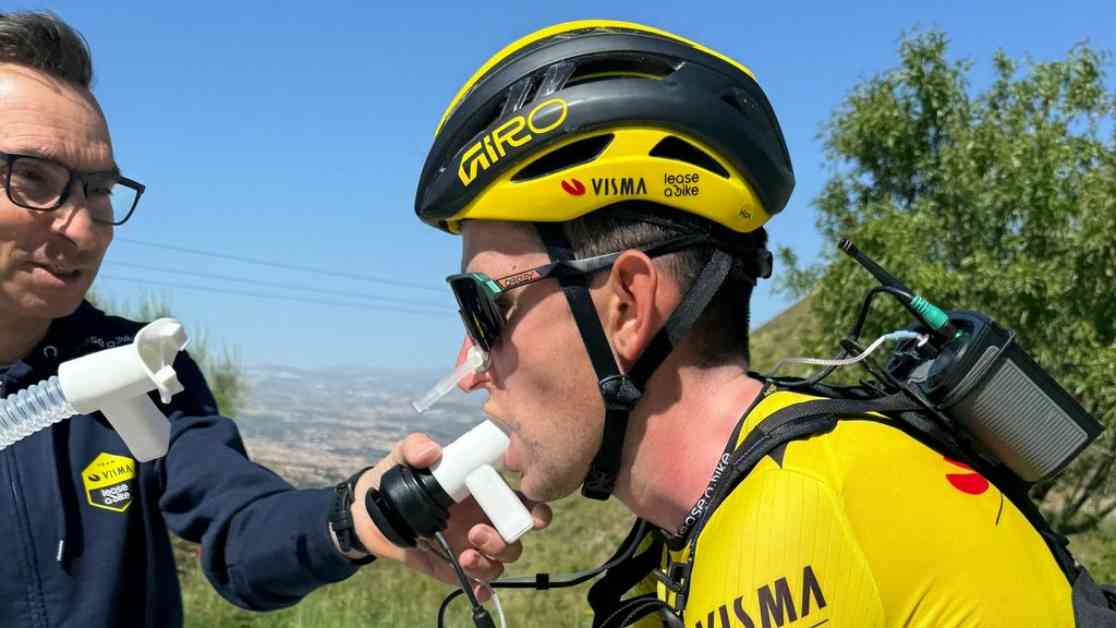Christmas is approaching very quickly and it is time to get done the wish list. In the year I send my wishlist to the government and the Norwegian trade and industry minister, Torbjørn Røe Isaksen, who hopefully is working frantically with the reported helsenæringsmeldingen.
Columnist Anne-Kari Bratten
is the managing director of the employers ‘ association Spekter.
Last published posts More politics, thank you! For a megge! We will be both troubled and untroubled for the future Children enough to all
Wish 1: Helsenæringen must be part of the solution
Health – and velferdssektoren is well known that the major challenges in the coming years, with a gap between the expectations, needs and available resources. In Perspektivmeldingen, it is estimated that Norway will have 150 billion more in spending than in income in 2060, if nothing is done to change the trend. Much of the health and velferdsdebatten has so far largely been about increasing the ressurstilgangen.
going Forward, have the debate be more about how we can curb the growth in velferdsbudsjettene including through innovation and more efficient operation. Here, there is a large mulighetsrom and helsenæringen will be able to have a central role as a contributor to new innovative solutions.
They will also be able to contribute through the development of products and services that can prevent and mitigate the need for services from the health care sector, and not least, do things in even smarter and more effective ways to the best for the patients.
Wish 2: Have a broad approach
Much of the discussion related to the helsenæringen has so far been about fancy products and technical gizmos. Many probably also for robots, laboratory with stinging, blue light, and young, hvitkledde engineers with computers and microscopes.
however, It is not only when it comes to new drugs and new products helsenæringen develops. The great part of the value and thus the number of jobs located within the treatment and services.
It is therefore important that the white paper reviews the services section of the helsenæringen, at least as much as the part that revolves around products and equipment. It is important that næringsministeren have a broad approach when he defines the health industry and helsenæringen. It is as said much more than pharmaceuticals, biotechnology, e-health and helseteknologi.
Wish 3: Have a focus on predictability, quality and price
A central feature of the health and care sector in Norway, both the private and the public part, is that it is largely financed by public funds. It is therefore essential that the message also discusses how the public is ensured solutions with good quality, to the benefit of the users, at the lowest possible price.
Anskaffelsesstrategier that contributes to supplier development, well-functioning markets and prevent private monopolies is important in the context. The greatest possible predictability in the regulatory framework, is thus central for it to be delivered good, cost-effective services.
About the uncertainty about whether one has access to the market increases, it will go out of etableringstakten and reduce competition and it will reduce the possibility of developing a viable helsenæring in Norway.
Wish 4: don’t forget innovation and eksportpotensialet
Growth in exports of products and services from helsenæringen is an important theme, which I hope is being addressed in the message. According to a report from Menon, it is particularly within markets such as diagnostics and pharmaceuticals where it is today is a high export share.
I believe the message should also discuss the possibilities for the export of health services. In this context, it should also be described how the health sector’s innovation and provision of care in the Uk can be attractive for other countries. An example is LHLs new hospital at Gardermoen, which is already now accepting patients from abroad.
another example is Fürst Medical Laboratory, which is one of Europe’s largest single medical laboratories. Fürst is a Norwegian owned and has so far managed well in the competition against the big multinational laboratoriekjedene. The key to Fürst success has been a focused effort on business development through investment in ICT, employee competence, efficient operations and automation of analyseprosesser.
Rise a helsenæring in Norway, which can improve the efficiency of the national production and create favorable conditions for export to other countries, is critically dependent on the government as a facilitator and partner. It must be large enough tasks that it is corporate possible for private actors to invest and take the chance to succeed.
Is the goal the business development with eksportpotensiale it will in most cases require that you succeed on your home turf before one is in a position to conquer foreign markets.








